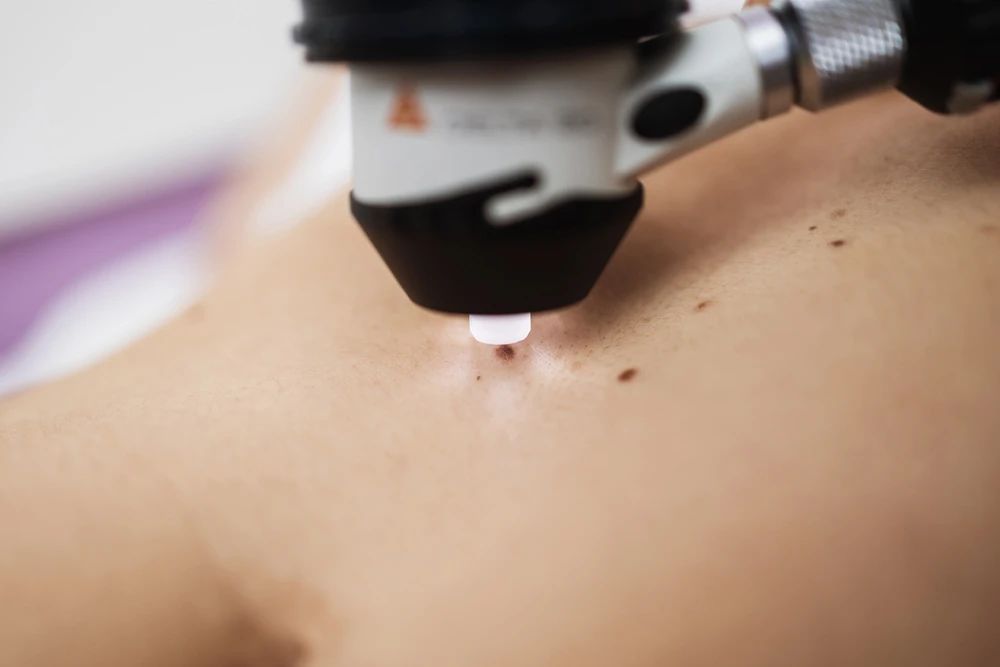Living with Gout: What to Eat and Avoid
2021-02-02

Gout is a common and complex form of arthritis that can
affect anyone. It's symptoms include a sudden, severe attacks of pain,
swelling, and inflammation, redness and tenderness in the joints, often the
joint at the base of the big toe, along with limited range of motion.
Gout used to be known as a ‘rich man’s disease’ back in the day because it
stemmed from having a diet full of food that only the rich could afford. With
different types of food made more accessible to all these days, gout can affect
more people than you think.
Gout occurs when urate crystals accumulate in your joint, causing the
inflammation and intense pain of a gout attack. Urate crystals can form when
you have high levels of uric acid in your blood.
Our body produces uric acid when it breaks down purines — substances that are found naturally in our body or in some foods we eat, such as steak, organ meats and seafood. Other foods also promote higher levels of uric acid, such as alcoholic beverages, especially beer, and drinks that are sweetened with fruit sugar (fructose).
Normally, uric acid dissolves in the blood and passes through the kidneys into our urine. But sometimes either our body produces too much uric acid, or our kidneys excrete too little of it. When this happens, uric acid can build up, forming sharp, needlelike urate crystals in a joint or their surrounding tissue that cause pain, inflammation and swelling.
The main factors that increase the uric acid levels in the body include diet, obesity, family history of gout, age and sex (more men than women get gout. They usually develop it between ages of 30 and 50, while women generally develop it after menopause), certain medications and medical conditions such as untreated hypertension, diabetes, heart and kidney disease and metabolic syndrome, and as a result of a recent surgery or trauma.
Gout
attacks commonly happen at night and can last between 3 – 10 days.
Food to avoid if you have gout
Food high in purines (containing more than 150 – 200mg of purines per 100 grams) may raise your uric acid levels. These include:u
- Organ meats – liver, heart, kidney, and brain
- Some red meat, specially veal and game such as venison
- Fish – herring, trout, mackerel, tuna, sardines, and anchovies (except for salmon that contains lower levels of purine compared to other fish).
- Seafood – shrimp, scallops, crab, and roe
- Alcohol, especially beer
- Sugary drinks – carbonated drinks, fruit juices and flavored hot or cold drinks
- Added sugar – honey, agave nectar and high-fructose corn syrup
- Yeasts – nutritional yeast, brewer’s yeast and other yeast supplements
*** Besides the meats and fish mentioned above, meats such as chicken, beef, pork and lamb should be eaten in small to moderate amount as they contain a moderate amount of purines (between 100 – 200mg per 100 grams). Consuming too much of these meats may trigger a gout attack.
Food that’s suitable for gout
Low purine food (containing less than 100mg of purines per 100 grams) that are
generally safe for those who have gout include:
- Fruits –especially cherries may help to prevent attacks by lowering uric acid levels and could reduce inflammation.
- Vegetables- Good news is that even high purine vegetables such as asparagus and spinach don’t increase the risk of gout or gout attacks
- Legumes
- Nuts
- Whole grains
- Dairy products, especially low-fat dairy
- Eggs
- Coffee, tea and green tea
- Herbs and spices
- Plant-based oils – canola, coconut, olive and flax
What else can you do to prevent further flare ups?
- Drink plenty of fluids. Stay well-hydrated, including plenty of water. Limit how many sweetened beverages you drink, especially those sweetened with high-fructose corn syrup.
- Avoid or limit alcohol. Talk with your doctor about whether any amount or type of alcohol is safe for you. Recent evidence suggests that beer may be particularly likely to increase the risk of gout symptoms, especially in men.
- Get your protein from legumes, eggs and low-fat dairy products. Low-fat dairy products may actually have a protective effect against gout, so these are your best-bet protein sources.
- Limit your intake of meat, fish and poultry. A small amount may be tolerable but pay close attention to what types — and how much — seem to cause problems for you.
- Increase the frequency and intensity of your exercise.Exercise not only helps with weight reduction, but it also reduces uric acid levels.
- Maintain a desirable body weight. Overweight may lead to insulin resistance that promotes high uric acid levels. But avoid fasting or rapid weight loss, since doing so may temporarily raise uric acid levels.
Gout and Festive season
Avoiding excessive eating and drinking as part of merry making during the festive seasons, especially for those with gout, may be a difficult task.
Remember that festive food and drinks are often high in purines, made with lots of seafood, red meat, wine and more. To help avoid an attack, here are a few tips to keep in mind so you can stay happy and healthy.
- Drink plenty of water and fluids to flush out the uric acid in your blood.
- Do let your host know you have Gout so they won’t press you to indulge in food and drink that could cause an attack.
- Stick to chicken, turkey and salmon which contain a moderate amount of purines, a
- fill up more on vegetables and fruits!
- If you must, stick to just one glass of your preferred alcoholic beverage and try to avoid beer.
- Keep everything in moderation! A day of feasting and merriment may be” joyful and fun” for a few hours but does it worth the following days of pain and discomfort?
Sample of a gout-friendly menu:
Breakfast
- Whole-grain, unsweetened cereal with skim or low-fat milk
- 1 cup fresh strawberries
- Coffee
- Water
Lunch
- Roasted chicken breast (60g)
- 1 cup of cooked brown rice
- Stir-fry vegetables
- Sugar and Caffeine-free beverage
Afternoon snack
- 1 cup fresh cherries
- Water
Dinner
- Roasted salmon (90g)
- Roasted or steamed vegetables
- 1/2 to 1 cup pasta with olive oil and lemon pepper
- Low-fat yoghurt
- A small handful of almonds or walnuts
Following a Gout-friendly diet detailed by a
dietitian can help alleviate its symptoms and although it is not a cure, it can
slow down the progression of joint damage. There are also medications that can
be taken to lower uric acid levels. Make sure that you consult a professional
health care provider to help you understand manage your condition.
Article reviewed and contributed by Fariba Sabet-Sharghi, Dietitian at ParkwayHealth

References:
1. Best Diet for Gout: What to Eat, What to Avoid. Retrieved on 22 November
2020 from
https://www.healthline.com/nutrition/best-diet-for-gout#TOC_TITLE_HDR_4
2. What You Need to Know About Alcohol and Gout. Retrieved on 22 November 2020
from https://www.healthline.com/health/gout-and-wine#gout-alcohol





























